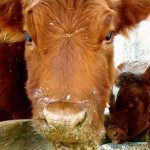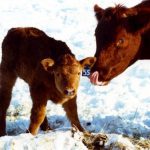As summer ends and fall begins, beef cattle producers will soon start weaning their calves. During this period, cows will return from summer pastures and undergo pregnancy testing. This is an excellent time to evaluate the body condition of your cows. Weaker cows with low body condition should be grouped together and provided with extra […] Read more














